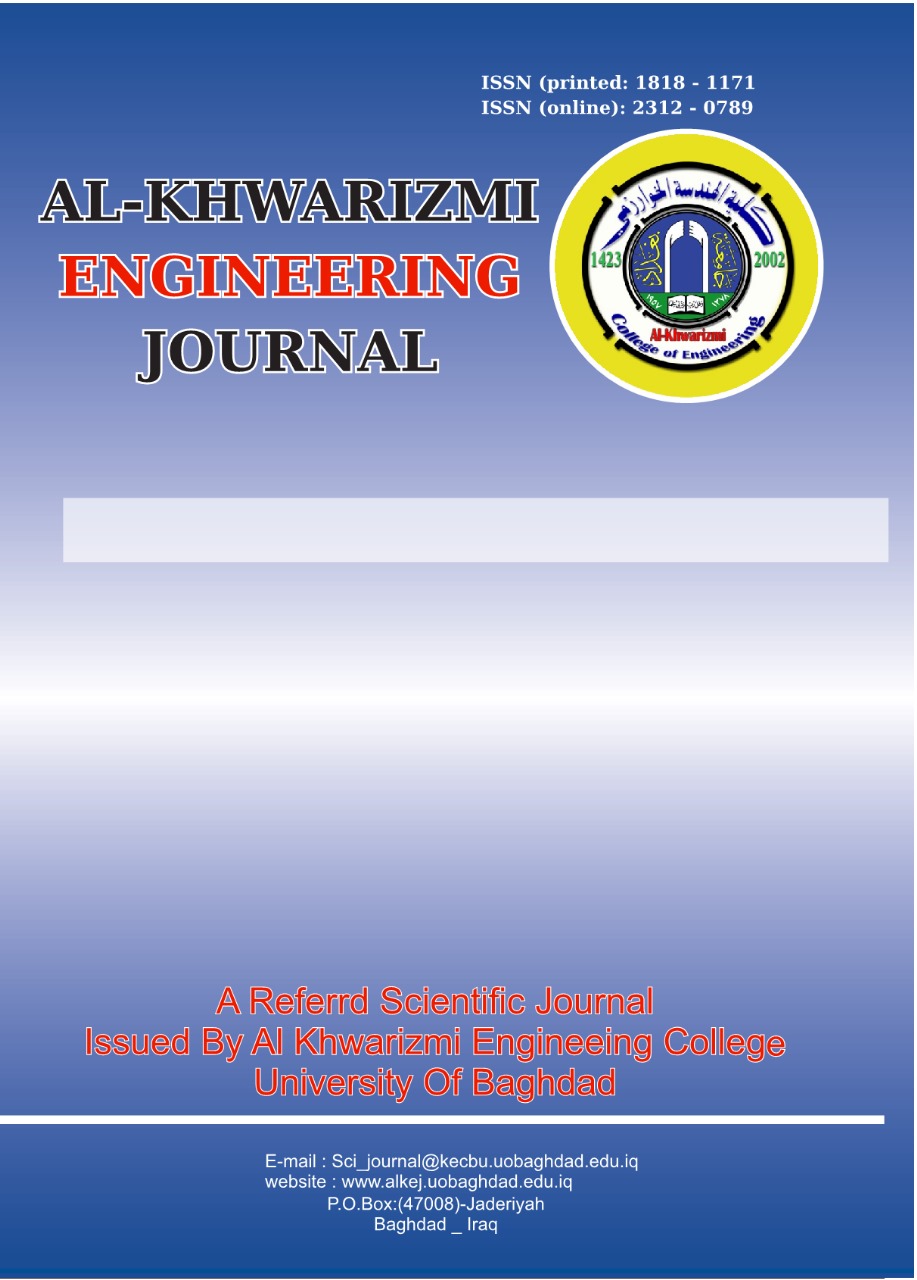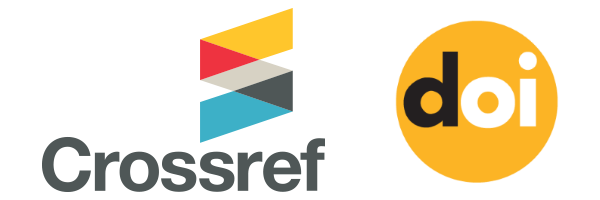Efficient Multitask Scheduler for Heterogeneous Workloads with Varying Instruction Counts
DOI:
https://doi.org/10.22153/kej.2025.05.001Keywords:
multitasking; scheduler; resource utilization; multitask learning; heterogeneous workloadsAbstract
Multitasking systems need an efficient scheduling mechanism that minimizes the usage of resources and utilizes the system for improved output. This paper proposes an innovative scheduling framework that optimizes the distribution of resource allocation for tasks of different lengths that are run in shared computing environments. The integrated scheduler uses static and dynamic scheduling strategies for optimizing time performance and resource management. Static evaluation of the analytic process entails collection of task metrics, such as the frequency of instructions and the durations of runtime. The evaluation results demonstrate the formation of the initial scheduling framework. The frameworks perform execution dynamic optimizations that reorder priorities of execution whilst considering the growth of tasks with resource conditions. The proposed scheduler yields exceptional gains in execution efficiency and throughput of the system in experimental trials with many workloads relative to conventional practices. The airplane queue management powered by the scheduler ensures establishment of an optimal system, where workload is equally distributed amongst tasks without a conflict of resources to facilitate equal, timely completion. The proposed scheduler efficiently allocates load amongst tasks and hence decreases contention of resources and leads to fair execution. The proposed scheduler combines static and dynamic scheduling approaches to maximize the utilization of resources and to improve the performance of the system.
Downloads
References
[1] M. A. Alworafi, A. Dhari, A. A. Al-Hashmi, Suresha, and A. B. Darem, “Cost-Aware Task Scheduling in Cloud Computing Environment,” International Journal of Computer Network and Information Security, vol. 9, no. 5, 2017, doi: 10.5815/ijcnis.2017.05.07.
[2] M. I. Khan and K. Sharma, “Dynamic Task Scheduling for Load Balancing in Cloud Environments to Enhance Resource Allocation and Performance Efficiency,” 2024 International Conference on Innovations and Challenges in Emerging Technologies (ICICET), pp. 1–6, Jun. 2024, doi: 10.1109/icicet59348.2024.10616342.
[3] Z. Liu, M. Waqas, J. Yang, A. Rashid, and Z. Han, “A multi-task CNN for maritime target detection,” IEEE Signal Process Lett, vol. 28, 2021, doi: 10.1109/LSP.2021.3056901.
[4] H. Mikram, S. El Kafhali, Y. Saadi, HEPGA: A new effective hybrid algorithm for scientific workflow scheduling in cloud computing environment. Simulation Modelling Practice and Theory. 130 (2024), doi:10.1016/j.simpat.2023.102864.
[5] V, Karunakaran. “A Stochastic Development of Cloud Computing Based Task Scheduling Algorithm.” Journal of Soft Computing Paradigm 2019, no. 1 (September 22, 2019): 41–48. https://doi.org/10.36548/jscp.2019.1.005.
[6] P. M. Rekha and M. Dakshayini, “Efficient task allocation approach using genetic algorithm for cloud environment,” Cluster Comput, vol. 22, no. 4, 2019, doi: 10.1007/s10586-019-02909-1.
[7] E. Silva and P. Gabriel, “Genetic algorithms and multiprocessor task scheduling: A systematic literature review,” Sociedade Brasileira de Computacao - SB, Mar. 2020, pp. 250–261. doi: 10.5753/eniac.2019.9288.
[8] S. Javanmardi, G. Sakellari, M. Shojafar, A. Caruso, Why it does not work? Metaheuristic task allocation approaches in Fog-enabled Internet of Drones. Simulation Modelling Practice and Theory. 133 (2024), doi:10.1016/j.simpat.2024.102913.
[9] Heba M. Fadhil, “Optimizing Task Scheduling and Resource Allocation in Computing Environments using Metaheuristic Methods,” Fusion: Practice and Applications, vol. 15, no. 1, pp. 157–179, 2024, doi: 10.54216/fpa.150113.
[10] S. Ruder, “An Overview of Multi-Task Learning for Deep Learning,” Sebastian Ruder. 2017.
[11] Z. Liu, M. Waqas, J. Yang, A. Rashid, Z. Han, A multi-task CNN for maritime target detection. IEEE Signal Processing Letters. 28, 434–438 2021.
[12] A. Zamir, A. Sax, W. Shen, L. Guibas, J. Malik, and S. Savarese, “Taskonomy: Disentangling task transfer learning,” in IJCAI International Joint Conference on Artificial Intelligence, 2019. doi: 10.24963/ijcai.2019/871.
[13] V. Sanh, T. Wolf, and S. Ruder, “A hierarchical multi-task approach for learning embeddings from semantic tasks,” in 33rd AAAI Conference on Artificial Intelligence, AAAI 2019, 31st Innovative Applications of Artificial Intelligence Conference, IAAI 2019 and the 9th AAAI Symposium on Educational Advances in Artificial Intelligence, EAAI 2019, 2019. doi: 10.1609/aaai.v33i01.3301694.
[14] P. E. Chavarrias, A. Bulpitt, V. Subramanian, and S. Ali, “Multi-task learning with cross-task consistency for improved depth estimation in colonoscopy,” Medical Image Analysis, vol. 99, p. 103379, Jan. 2025, doi: 10.1016/j.media.2024.10337.
[15] E. Kiperwasser and M. Ballesteros, “Scheduled Multi-Task Learning: From Syntax to Translation,” Trans Assoc Comput Linguist, vol. 6, 2018, doi: 10.1162/tacl_a_00017.
[16] Z. Chen, V. Badrinarayanan, C. Y. Lee, and A. Rabinovich, “GradNorm: Gradient normalization for adaptive loss balancing in deep multitask networks,” in 35th International Conference on Processor Learning, ICML 2018, 2018.
[17] P. Liu, X. Qiu, and X. Huang, “Adversarial multi-task learning for text classification,” in ACL 2017 - 55th Annual Meeting of the Association for Computational Linguistics, Proceedings of the Conference (Long Papers), 2017. doi: 10.18653/v1/P17-1001.
[18] S. Vandenhende, S. Georgoulis, W. Van Gansbeke, M. Proesmans, D. Dai, and L. Van Gool, “Multi-Task Learning for Dense Prediction Tasks: A Survey,” IEEE Transactions on Pattern Analysis and Processor Intelligence, vol. 44, no. 7. 2022. doi: 10.1109/TPAMI.2021.3054719.
Downloads
Published
Issue
Section
License
Copyright (c) 2025 Al-Khwarizmi Engineering Journal

This work is licensed under a Creative Commons Attribution 4.0 International License.
Copyright: Open Access authors retain the copyrights of their papers, and all open access articles are distributed under the terms of the Creative Commons Attribution License, which permits unrestricted use, distribution, and reproduction in any medium, provided that the original work is properly cited. The use of general descriptive names, trade names, trademarks, and so forth in this publication, even if not specifically identified, does not imply that these names are not protected by the relevant laws and regulations. While the advice and information in this journal are believed to be true and accurate on the date of its going to press, neither the authors, the editors, nor the publisher can accept any legal responsibility for any errors or omissions that may be made. The publisher makes no warranty, express or implied, with respect to the material contained herein.
















